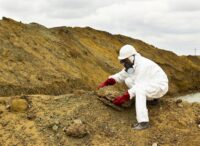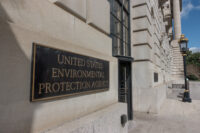Colorado Refinery Receives NOV for Alleged CAA Violations
On July 8, 2024, the EPA announced it issued a Notice of Violation (NOV) to Suncor Energy (U.S.A.) Inc., alleging the Commerce City refinery failed to comply with air emissions laws. The NOV was issued in partnership with the Colorado Department of Public Health and Environment (CDPHE). The agencies allege Suncor violated or is violating […]










